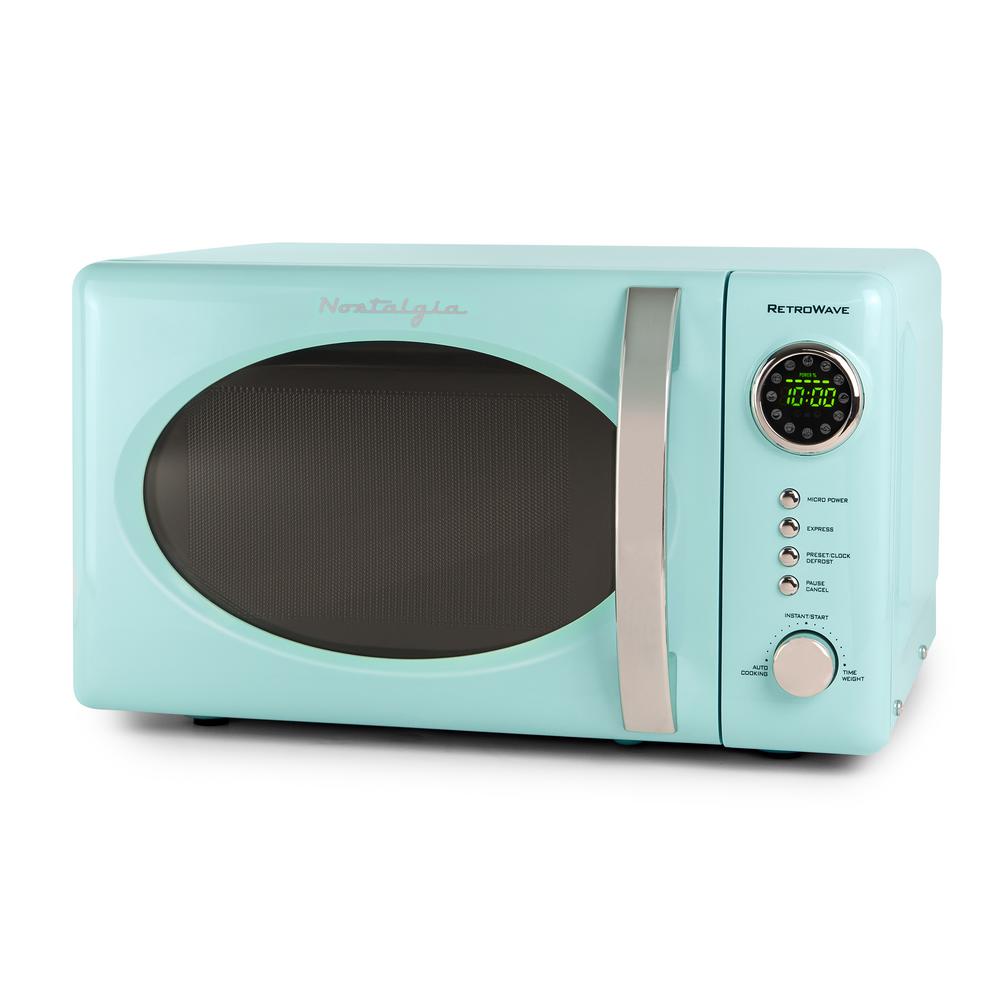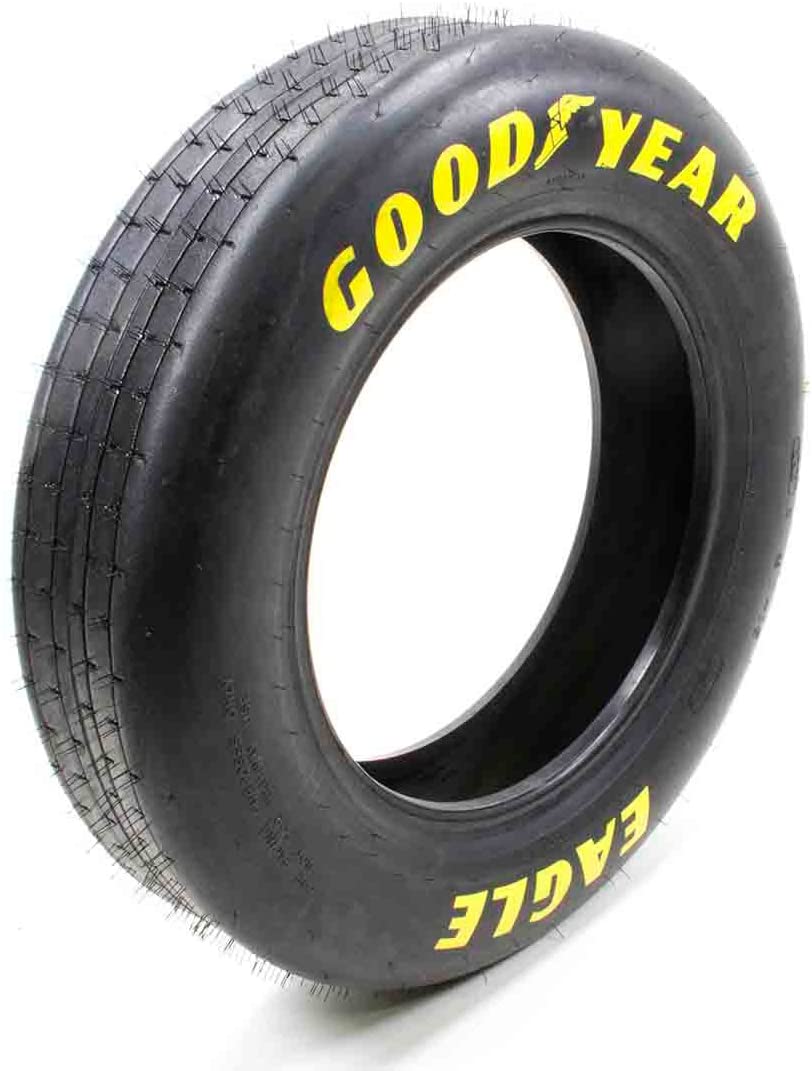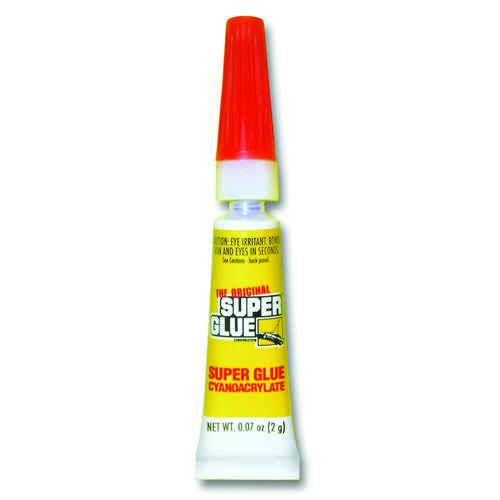5 Accidents That Were Most Serendipitous
“There’s been an accident” might be the five most unnerving words you could ever hear, right up there with “Sorry, your card was declined” and “Actually, you’re wrong because…”. That pause before the cause is an eternity, as your scumbag brain comes up with worst-case scenarios; each more wretched than the next.
Accidents rarely bring about anything useful (we’d insert a yo momma joke here but looks like you’ve had a hard week already). But there are times - when the stars have aligned just so, and the universe is in a giving mood - that a fluke can lead to something beautiful. Or it can lead to Nic Cage’s acting career; the jury’s still out on whether he’s a hot mess or a genius, entertaining to watch, either way.
Heck, even Christopher Columbus accidentally did something worthwhile, between his raping & plundering, propagating the slave trade, and all-round douchebaggery. There’s hope for accident-prone you yet. See, this is an inspirational article!
5) ‘Ding’ It’s Done!

This is what instant gratification looked like for the Boomers; they may not have had your fancy internets, smartphones, and CGI but by God, they needed to spend less time in front of a stove! After all, watched pots are notoriously shy and microwaves make quick work of everything. Popcorn, TV dinners, hell throw together cake ingredients in a little mug, if your sweet tooth is acting up! Your trusty microwave won’t let you down!
The year was 1946, and both microwaves and boomers were created. George Spencer can take credit for at least one of these, read on to find out which one!
George was just a poor boy,
nobody loved him,
he was just a poor boy,
from a poor family-im.
Clumsy rhyming notwithstanding, he was a poor kid who grew up on the wrong side of the tracks. With little formal schooling and having to scrounge for his meals, the deck seemed to be stacked against him, but like the little engine that could, he pulled himself up by his bootstraps and became the first self-taught Engineer. After the war, he got a job at the American Appliance Company and quickly rose in the ranks to become a most valued employee.
On that fateful day in 1946, Spencer was testing one of his magnetrons when he stuck his hand in his pocket, preparing for the lunch break when he made a shocking discovery: The peanut cluster bar had melted. Says Spencer, "It was a gooey, sticky mess."
4) (Non) stuck on you:

So, you burned dinner and are now reduced to the leftovers in the back of the fridge we don’t talk about. Well, the good news on this moldy-cheese-encrusted grey cloud, is that you won’t have to soak and scrub the pan. Teflon is a godsend for all us absent-minded folk who have better things to do with our time than not suck at cooking.
Dr. Plunkett was minding his business, testing refrigerant coolant at Dupont, trying to come up with a non-toxic alternative. One of these alternatives was tetrafluoroethylene (TFE). Plunkett, and his assistant Rebok, stored 100 pounds of TFE in small cylinders, and then kind of forgot about it. On April 6th, 1938, they decided to check on the cylinders, only to find the gas had polymerized into a waxy, white powder. Surprisingly, their first thought was not to snort it. They ran some actual useful tests on the polytetrafluoroethylene (PTFE) resin, tests that displayed various, unique attributes; the substance was slippery, non-corrosive, chemically stable, and had a high melting point, just some of the qualities our ex lacked.
By the 1960s, various forms of Teflon were being used in a variety of applications, such as stain repellant in fabrics and electrical wire insulation. It was also in the 1960s that Teflon began being used in its most publicly known application, as a coating for non-stick pans.
http://www.todayifoundout.com/index.php/2011/08/teflon-was-invented-by-accident/
3) I'm Rubber, You're Glue:

The early 19th century was a great time to be in the rubber manufacturing industry. The rubber boom was in full swing and consumers couldn’t get enough of it. To meet the high demand, the raw material was greedily imported from South America, and voila! Shitty rubber! Without the exacting standards of modern technology, the rubber being made would freeze in the winters and melt in the summer. Just like us, it was only functioning at an optimal level two months a year.
1839 was a very good year for tires, as ol’ blue eyes would say. Charles Goodyear was a self-taught chemist who tinkered around with rubber, as you do. He accidentally discovered vulcanization when he heated rubber with some acid on a hot stove.
It was the process of vulcanization when the rubber is made longer-lasting and fit for purpose, by being processed using heat and sulfur. The man wasn’t honored for his discovery, though, as the patent was bought by Thomas Hancock – an English inventor and the father of the British rubber industry – when he heard about the idea.
https://www.utires.com/articles/who-invented-goodyear-tires/
2) Stick it out:

We hate to break it to you, Mr. Starr, but it turns out war IS good for something, the discovery of Superglue. In true gallows humor fashion, Superglue’s macabre origin can be traced back to the Vietnam war, where it was used to seal soldiers wounds up, for the cessation of blood flow.
The accident had to happen twice before anyone saw the potential of Superglue. In 1942, Harry Wesley Coover was on a quest to invent something cheap and easy (don’t say it!) to use as plastic gun sights, he ended up with Cyanoacrylate and felt pretty stupid. It was a sticky situation when this new substance would get stuck to everything it came into contact with. The project was abandoned.
A little over a decade later, in 1956, Ol’ Harry was at it again, this time overseeing a project at Eastman Kodak, this trying to create heat resistant polymers for jet canopies when the substance made an encore. Lightning had struck twice and this time he took notice. The biggest draw was the fact that it required only trace amounts of moisture to bond permanently, moisture that can easily be obtained from the air.
During the 1960s, the cyanoacrylate was licensed to Loctite, which rebranded it and distributed it under the name “Loctite Quick Set 404.” However, in 1971, Loctite would develop its own line of cyanoacrylate which hit the market under the name “Super Bonder.” Loctite’s Super Bonder would quickly gain a substantial market share in the North American cyanoacrylate market.
https://www.warhistoryonline.com/history/history-of-the-super-glue.html
5) Suck it up:

Frank Epperson, a delightful, 11-year-old boy is who we have to thank for a cold popsicle to suck on a sweltering day. Little Frankie was hard at play on that fateful day back in 1905, tuckered out, he went off to bed, and his glass full of OJ lay forgotten on the porch, stirrer will inside. This was the dead of winter, so no surprise when he woke up the next day to a nice little frozen surprise. Trooper that he was, he enjoyed his little frozen lolly and made more for everyone on the block!
In 1923, Frankie made ‘Epsicles’ and sold them to children at Alameda, California Park. His children had the brilliant idea of changing the name to ‘Pop’s Icles’ and the rest is history!
2010: Popsicle — now owned by Unilever and made at plants in Nevada, Maryland, and Missouri — releases new Jolly Rancher — flavored pops, but classic cherry still ranks as the most popular.
https://www.countryliving.com/food-drinks/a3406/history-of-popsicles-0610/
0 Comments Add a Comment?